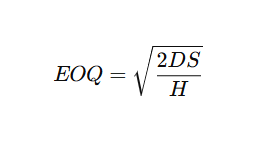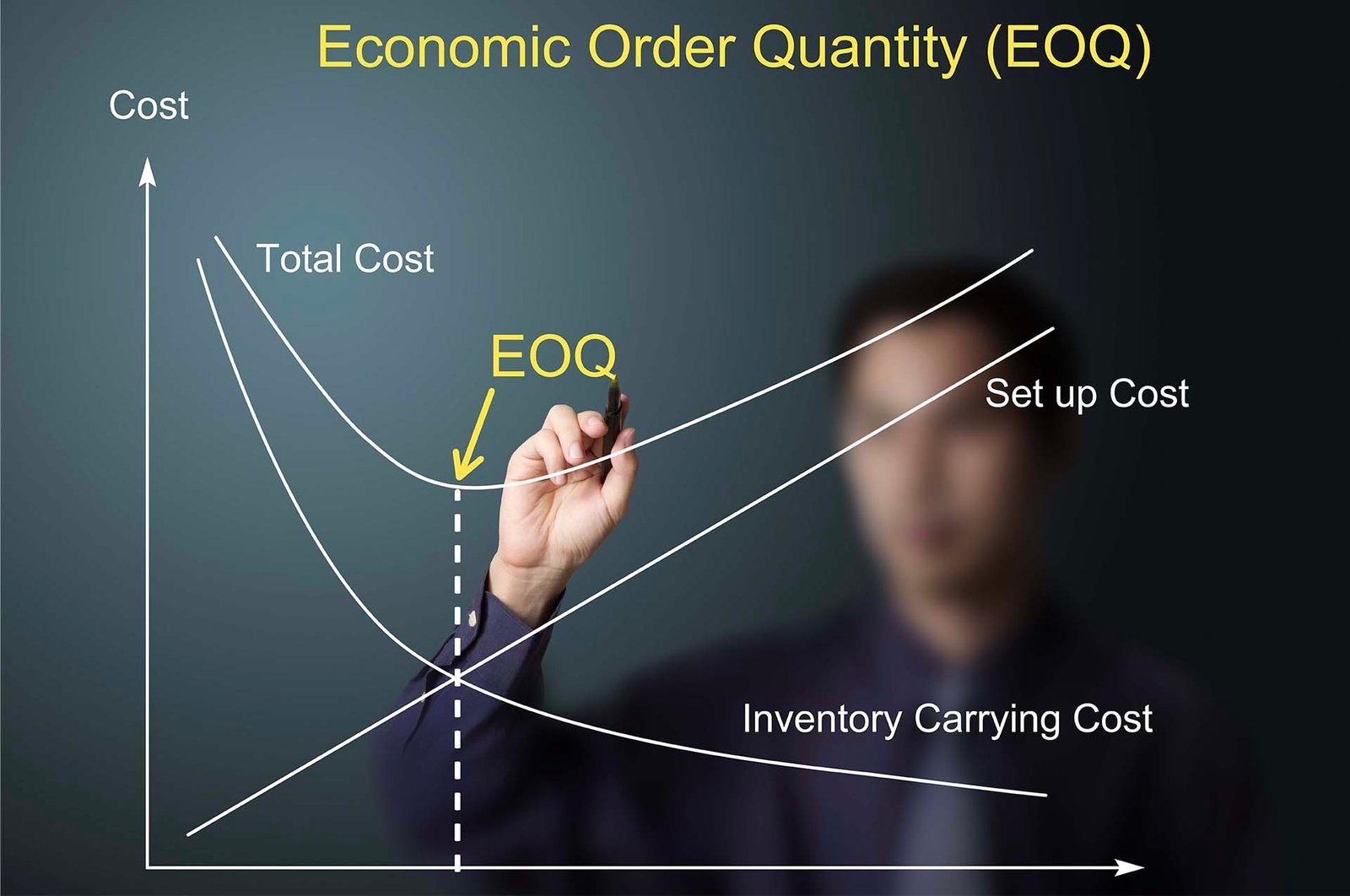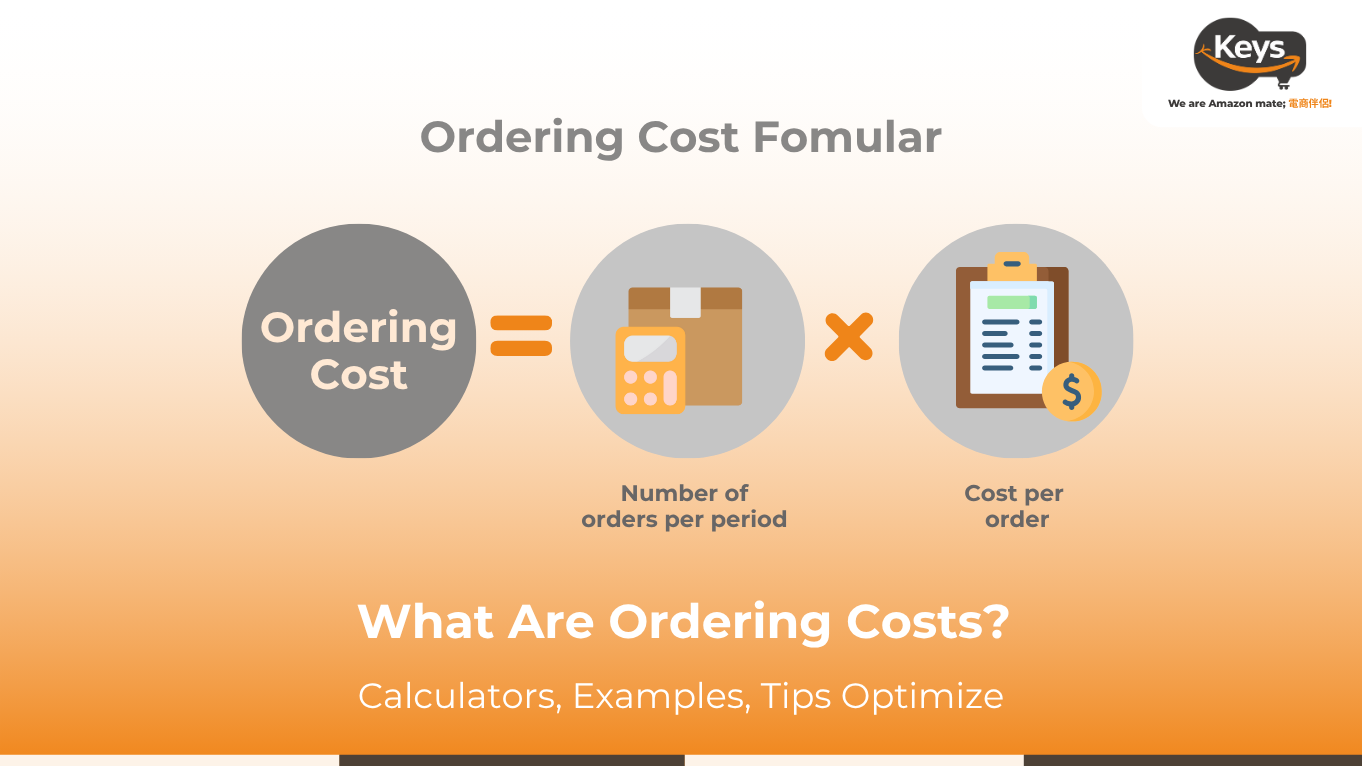In logistics and supply chain management, Ordering Costs play a crucial role in determining overall operational efficiency and profitability. These are the expenses associated with placing and receiving inventory orders, including administrative, transportation, and handling costs. Understanding and managing Ordering Costs effectively allows businesses to avoid waste, reduce procurement overhead, and improve cash flow. This article breaks down how Ordering Costs work and how to optimize them strategically.
What are Ordering Costs? Definition
Ordering costs are the procurement-related expenses incurred during the process of placing and receiving inventory orders, regardless of order size or value. These costs represent the total financial outlay from order initiation to completion. Unlike the cost of the goods themselves, ordering costs are often underestimated but can significantly impact overall operational efficiency and expenses.
The composition of these expenses varies across industries and organizational structures, but typically includes several key components:
- Administrative expenses: Staff time dedicated to creating purchase requisitions, generating purchase orders, communicating with suppliers, and processing related documentation.
- Supplier management costs: Resources allocated to vendor selection, negotiation, relationship management, and performance evaluation.
- Quality control expenditures: Costs associated with inspecting incoming shipments, conducting quality assurance procedures, and managing rejected items.
- Transportation and logistics fees: Expenses related to freight, customs clearance, insurance, and other logistics services required to receive goods.
- System and technology costs: Investments in procurement software, inventory management systems, and related technological infrastructure.
- Payment processing expenses: Resources dedicated to invoice verification, payment processing, and financial reconciliation.

Why are Ordering Costs important for businesses?
Procurement expenses have a far-reaching impact across the supply chain, influencing cash flow, operational efficiency, and competitiveness. Optimizing these costs enhances profit margins by eliminating inefficiencies in high-volume ordering. It also supports smarter inventory management by balancing ordering and holding costs. Better procurement practices improve cash flow and working capital use, enabling strategic investments.
Streamlined workflows reduce redundancy, speeding up procurement cycles and boosting productivity. In volatile markets, managing procurement expenses strengthens supply chain resilience through flexible sourcing and safety stock strategies. Finally, efficient procurement enhances competitiveness and sustainability by lowering costs, reducing waste, and minimizing shipment-related emissions.
How to calculate Ordering Costs
Calculating Ordering Costs is essential for businesses to understand their inventory management expenses and improve overall profitability. Ordering Costs encompass various expenses incurred when placing orders, including administrative costs, shipping fees, inspection costs, and setup costs. Here’s a straightforward approach to calculating these costs:
Step 1: Identify Key Components
First, identify the components that contribute to your Ordering Costs. Common elements include:
- Administrative costs: These are expenses related to processing orders, such as labor and resources used for preparing purchase orders and communicating with suppliers.
- Shipping costs: This includes all fees associated with transporting goods from suppliers to your location, including carrier fees and handling charges.
- Inspection costs: Costs incurred for inspecting received goods to ensure they meet quality standards, which may involve labor and materials for verification.
- Setup costs: Expenses related to preparing machinery or equipment for production, particularly for customized or small-batch orders.
Step 2: Use the Ordering Cost Formula
Once you have identified the components, you can calculate the total Ordering Costs using the following formula:
Ordering Cost=(Number of Orders per Period)×(Cost per Order)
- Number of orders per period: This is the total number of orders placed during a specific timeframe, such as monthly or annually.
- Cost per order: This is the total cost incurred for processing, shipping, and inspecting each order.

Examples of Ordering Costs
These costs are incurred every time an order is placed and can significantly impact a company’s overall expenses. Here are some common examples of Ordering Costs:
- Purchase order processing: This includes the administrative costs associated with creating and managing purchase orders. It involves labor costs for staff who handle order placement and supplier communication.
- Shipping and handling fees: These are the costs incurred for transporting goods from suppliers to your location. This can include freight charges, packaging, and any handling fees associated with receiving the inventory.
- Inspection costs: When goods arrive, they often need to be inspected to ensure they meet quality standards. The costs associated with this inspection process, including labor and materials, are considered Ordering Costs.
- Setup costs: For businesses that manufacture products, setup costs refer to the expenses related to preparing equipment or machinery for production runs. This can include labor and materials needed to set up production lines for new orders.
Economic Order Quantity (EOQ) Formula
The Economic Order Quantity (EOQ) formula is a crucial tool for businesses aiming to minimize their total inventory costs, which include both Ordering Costs and Holding Costs. The EOQ formula helps determine the optimal order quantity that minimizes these costs. The formula is expressed as follows:

Where:
- D = Annual demand for the product
- S = Cost per order (Ordering Costs)
- H = Holding cost per unit per year
By calculating the EOQ, businesses can find the most cost-effective order size that balances Ordering Costs with holding costs, ensuring efficient inventory management and improved cash flow.
10 Practical tips to optimize your Ordering Costs
Optimizing your Ordering Costs is essential for improving your business’s profitability and efficiency. Here are ten practical tips to help you achieve this goal:
Consolidate Orders to Maximize Bulk Purchasing Benefits
By consolidating orders, you can take advantage of bulk purchasing discounts. Instead of placing multiple small orders, combine them into fewer larger orders. This approach not only reduces shipping costs but also minimizes administrative expenses associated with processing each order separately.

Automate Your Procurement Process to Reduce Manual Errors
Implementing automation in your procurement process can significantly reduce manual errors and streamline operations. Automated systems can handle order placements, track inventory levels, and manage supplier communications, leading to more accurate and efficient ordering practices.
Negotiate Better Terms with Suppliers to Lower Overall Costs
Building strong relationships with suppliers can lead to better negotiation outcomes. Discuss terms such as pricing, payment schedules, and delivery options to secure more favorable conditions. This can help lower your overall Ordering Costs and improve your cash flow.
Calculate Total Landed Costs Including Shipping and Handling
When evaluating suppliers, consider the total landed cost, which includes not only the purchase price but also shipping, handling, and any additional fees. Understanding the complete cost structure allows you to make more informed decisions and choose suppliers that offer the best value.
Regularly Review and Analyze Your Ordering Expenses
Conducting regular reviews of your Ordering Costs can help identify trends and areas for improvement. Analyze your expenses to pinpoint inefficiencies or unexpected costs, enabling you to adjust your ordering strategies accordingly.
Improve Inventory Forecasting to Avoid Over- or Under-Ordering
Accurate inventory forecasting is crucial for optimizing Ordering Costs. By analyzing historical sales data and market trends, you can better predict demand and adjust your ordering quantities, reducing the risk of overstocking or stockouts.
Minimize Lead Times to Reduce Urgent and Costly Orders
Long lead times can lead to urgent orders, which often come with higher costs. Work with suppliers to minimize lead times and establish reliable delivery schedules. This proactive approach can help you maintain optimal inventory levels without incurring additional expenses.
Streamline Your Supplier Base for Greater Efficiency and Bargaining Power
Having too many suppliers can complicate your procurement process and dilute your bargaining power. Streamline your supplier base by consolidating orders with fewer, more reliable suppliers. This can enhance efficiency and improve your negotiating position.

Train Staff on Cost-Effective Ordering Practices
Investing in training for your staff on cost-effective ordering practices can lead to significant savings. Educate your team on best practices for procurement, inventory management, and supplier relations to ensure everyone is aligned in optimizing Ordering Costs.
Leverage Technology and Data Analytics to Optimize Procurement
Utilizing technology and data analytics can provide valuable insights into your ordering processes. Implementing advanced analytics tools can help you track spending patterns, forecast demand, and identify opportunities for cost savings, ultimately optimizing your procurement strategy.
How to balance Ordering and Holding Costs for maximum efficiency
Balancing Ordering Costs and Holding Costs is essential for maximizing supply chain efficiency and maintaining healthy profit margins. Ordering Costs refer to the expenses related to placing and receiving inventory, such as administrative labor, shipping fees, and purchase processing. In contrast, holding costs include warehousing, insurance, depreciation, and obsolescence risks tied to storing excess stock.
To strike the right balance, businesses should apply the Economic Order Quantity (EOQ) model, which identifies the optimal order quantity that minimizes total inventory costs. Regularly reviewing demand forecasts, supplier lead times, and storage capacity can help fine-tune this balance. Automating procurement through Inventory Management Systems (IMS) also improves accuracy and reduces manual overhead, further lowering both cost categories.
Ultimately, by aligning order frequency with real-time demand while avoiding overstocking, companies can reduce waste, free up working capital, and enhance overall operational agility.

Managing Ordering Costs is not just about saving money – it’s about enhancing supply chain responsiveness and making smarter purchasing decisions. By leveraging data, technology, and supplier relationships, businesses can achieve a balance between cost control and product availability. Optimizing Ordering Costs is a step toward learner, more agile operations. Don’t let inefficiencies in procurement impact your growth.
Keys Logistics helps you streamline procurement and reduce unnecessary Ordering Costs. Contact us today for a tailored logistics solution that fits your business needs.












 Tiếng Việt
Tiếng Việt 中文 (中国)
中文 (中国)

